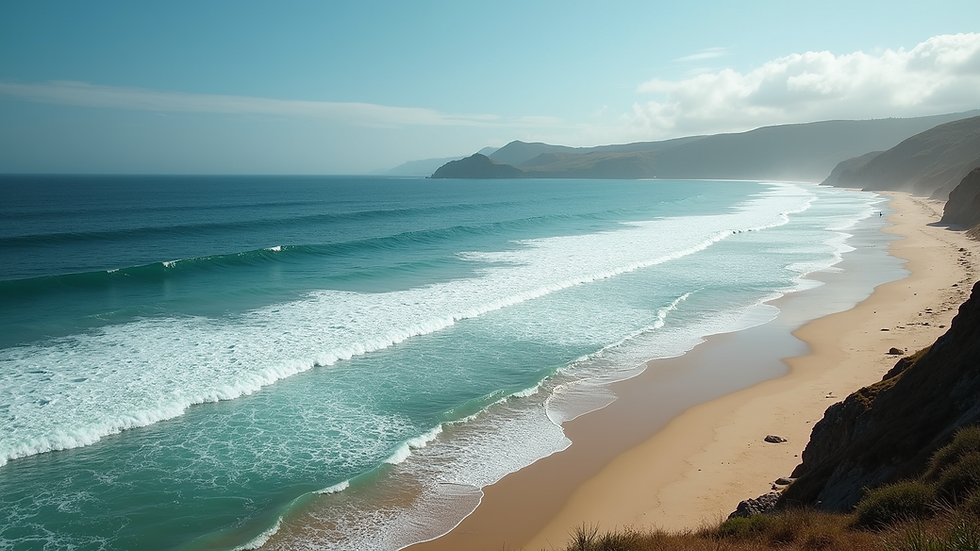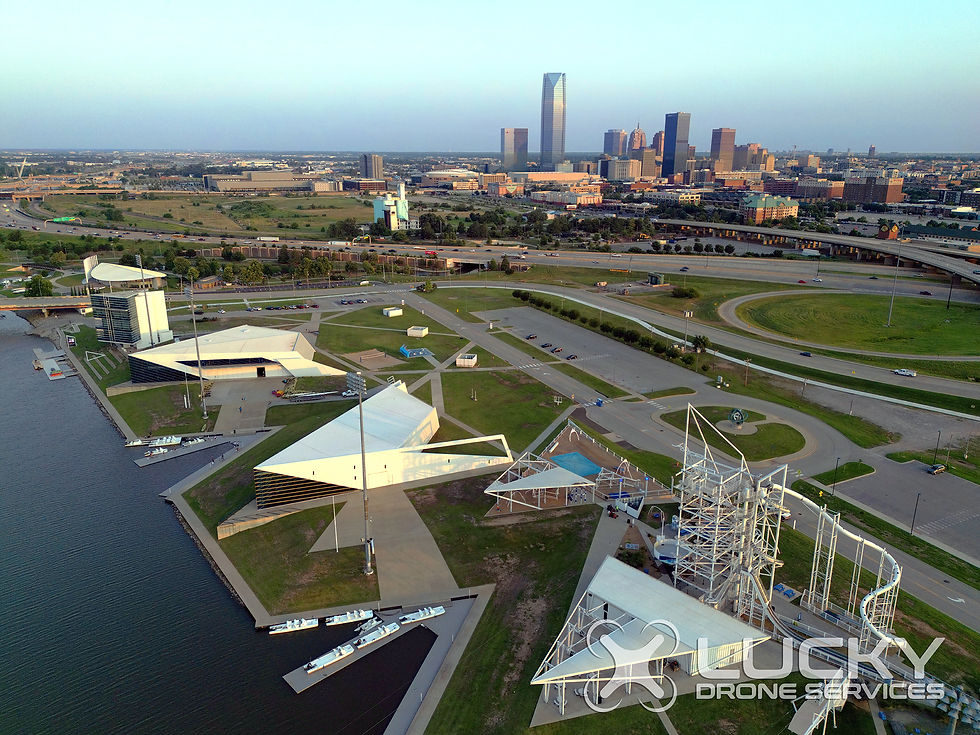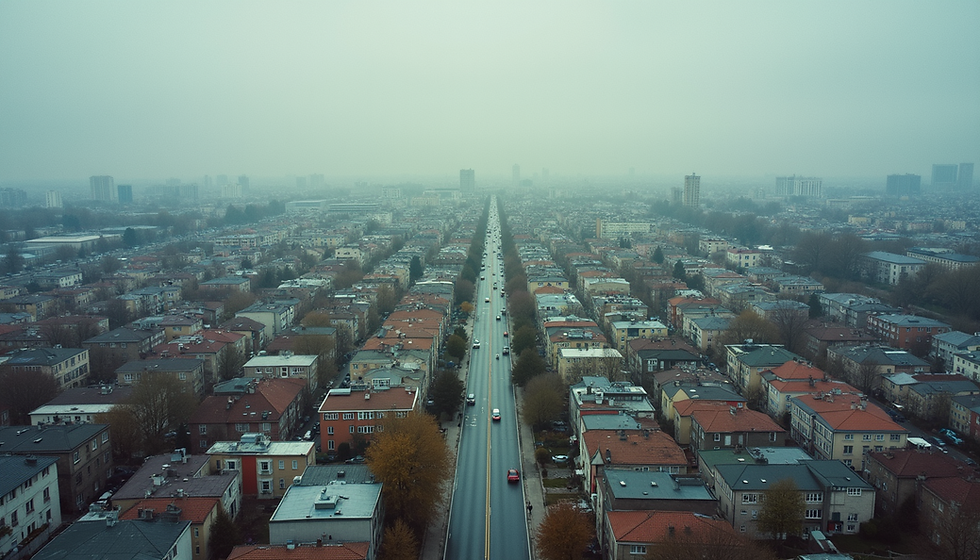Discover Why Aerial Photography Transforms Perspectives with Drone Photography Techniques
- luckydroneok
- Jul 25
- 3 min read
Aerial photography is reshaping how we view our world. With advancements in technology, specifically drone photography techniques, capturing images from above has never been easier or more effective. This shift provides new angles and perspectives, enabling us to appreciate landscapes, urban settings, and natural wonders in ways that were once unimaginable. In this blog post, we’ll explore the transformative impact of aerial photography on various fields and share tips on how to harness its power.
Exploring Drone Photography Techniques
Drone photography techniques provide photographers with a revolutionary toolset. Drones equipped with high-resolution cameras open doors to unique angles that traditional photography simply cannot achieve. From sweeping landscape shots to intricate architectural details, these flying cameras allow for creative exploration.
For instance, when shooting landscapes, a drone can capture the vastness of a mountain range or the curves of a river. By flying at different altitudes, photographers can create dramatic effects that convey emotion and scale. High-angle shots can make subjects appear smaller in comparison, enhancing the grandeur of the surrounding nature.

In urban photography, drone techniques can highlight the layout of a city, showcase architectural marvels, or capture the hustle and bustle from above. By utilizing top-down perspectives, photographers can reveal patterns and symmetry that help tell a story about the space and its people.
The Art of Composition in Aerial Photography
Composition plays a crucial role in any form of photography, and aerial photography is no exception. Utilizing the rule of thirds, leading lines, and framing can elevate your images significantly.
When capturing a scene from above, consider the elements already present in the environment. For example, if you're photographing a coastline, position the horizon according to the rule of thirds. This technique often results in a more balanced and engaging image.

Additionally, leading lines can guide the viewer’s eye through the image. Roads, rivers, and trails create pathways that draw attention to specific areas or lead to a focal point. Using these techniques not only improves the aesthetic of the photograph but also enhances its storytelling potential.
Industries Benefiting from Aerial Photography
Various industries are taking advantage of aerial photography. From real estate to agriculture, the benefits are substantial and diverse.
In real estate, aerial photographs add a cinematic quality to property listings. Potential buyers can visualize not only the property but its surroundings as well. A well-composed shot can display proximity to parks, schools, and shopping areas.
Similarly, in agriculture, drone photography techniques allow farmers to monitor crops and assess land conditions. Using aerial imagery, they can identify variations in plant health, moisture levels, and more, leading to more informed decisions.
Tips for Successful Aerial Photography
To make the most of your aerial photography endeavors, follow these practical tips:
Check Regulations: Before flying your drone, familiarize yourself with local regulations. Many areas have strict rules regarding drone flights, especially in urban settings or near airports.
Weather Considerations: Plan your flights around weather conditions. Ideally, you want clear, calm days to minimize wind interference and maximize visibility.
Practice Makes Perfect: Get comfortable with your drone’s controls. Practice flying in open spaces to build confidence and ensure you’re ready for capturing important shots.
Timing is Key: The best times for aerial photography are often during the golden hour — just after sunrise and before sunset. The softer light can produce stunning colors and shadows that enhance the photograph.
Experiment with Angles: Don’t be afraid to try different heights and angles. Sometimes, the most unexpected perspectives can yield the most compelling images.
The Future of Aerial Photography
The future of aerial photography is boundless. As technology continues to evolve, we expect drones to become even more sophisticated, further enhancing the possibilities.
With developments in artificial intelligence and drone automation, capturing breathtaking photos will soon require less manual effort. Imagine drones that can track subjects intelligently or understand the best angles for you based on machine learning algorithms.
Advancements will also likely increase the accessibility of drone photography. More hobbyists and businesses will integrate drones into their creative processes, democratizing the use of aerial shots.
In summary, embracing aerial photography opens up a world of innovative perspectives. By utilizing drone photography techniques, photographers can capture the beauty of the world from various angles, enhancing how we tell stories through imagery. Whether in real estate, events, or agriculture, the applications are vast and continue to grow.
Let your creativity soar! Consider how you can leverage these techniques in your own work, and watch as the world reveals itself from a new vantage point.










Comments